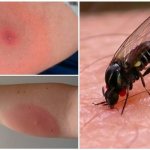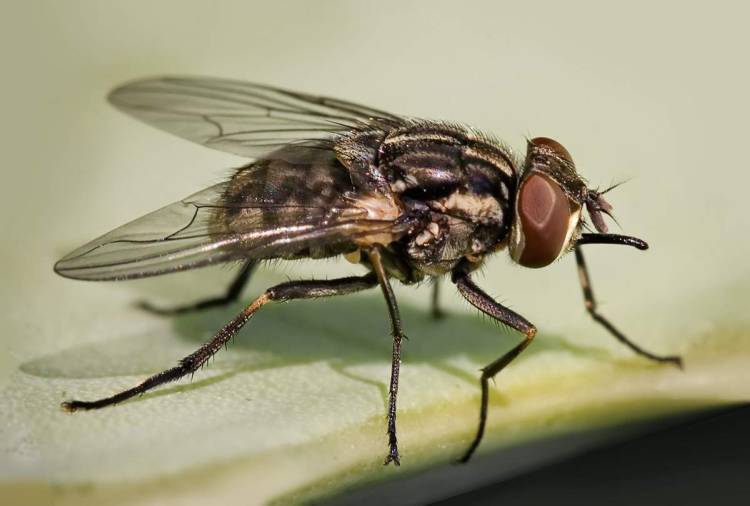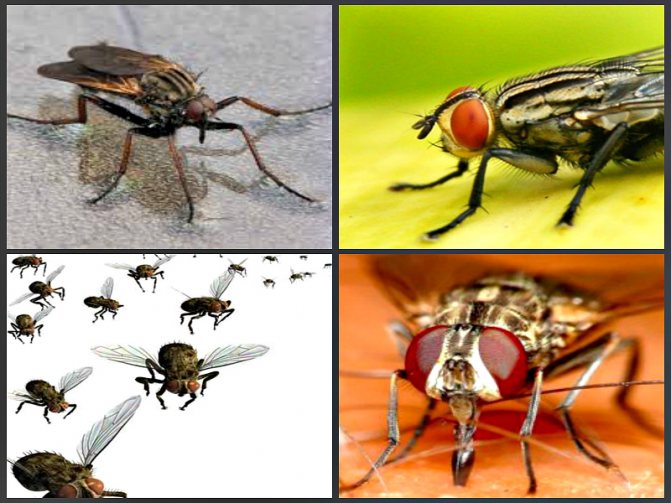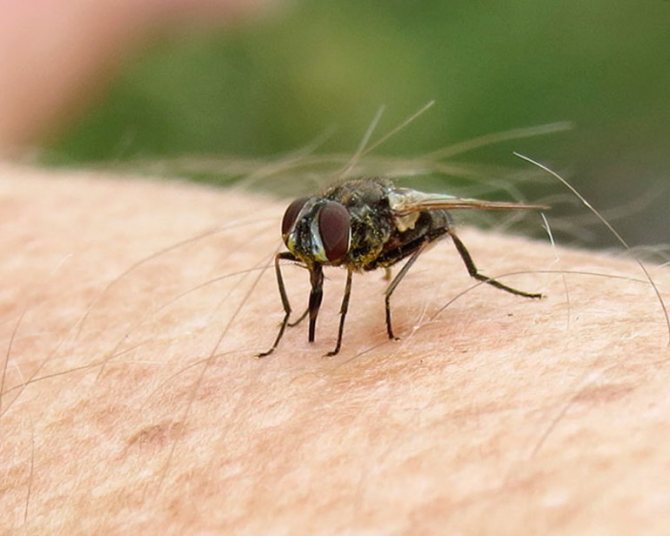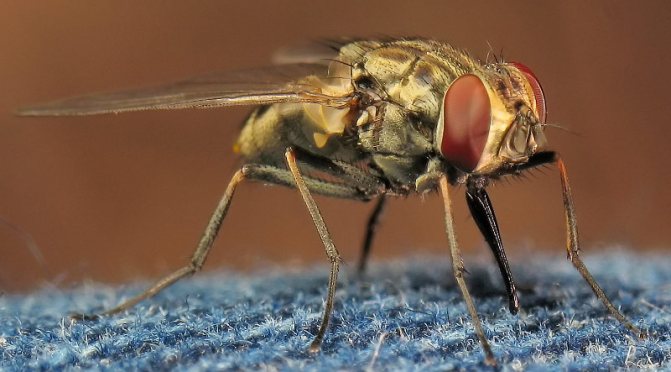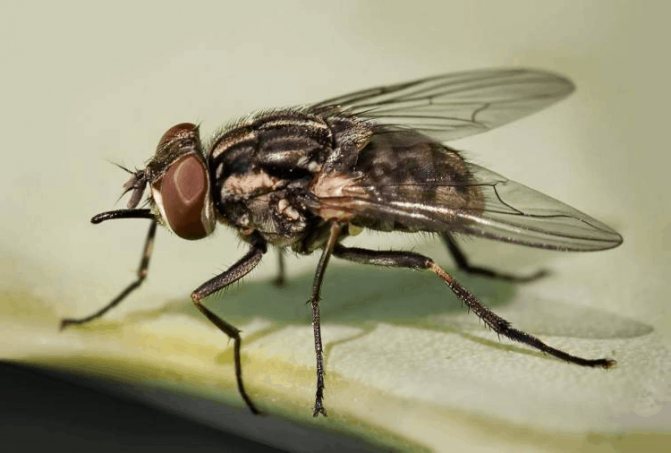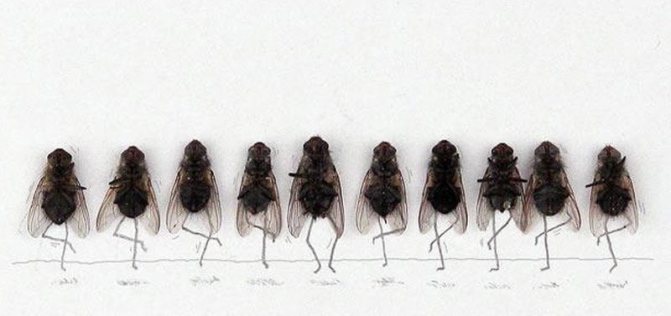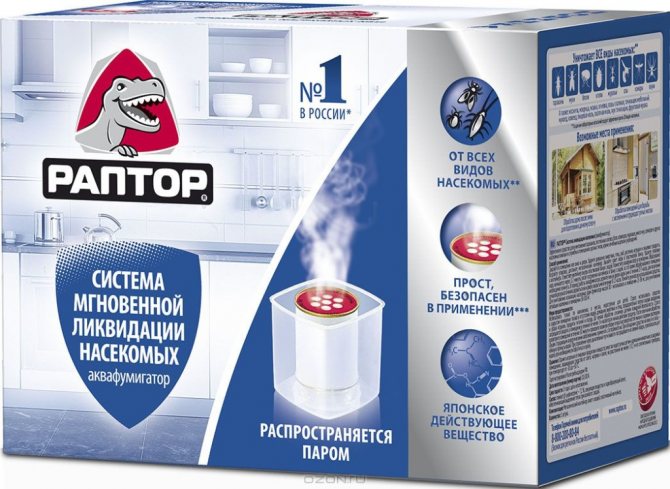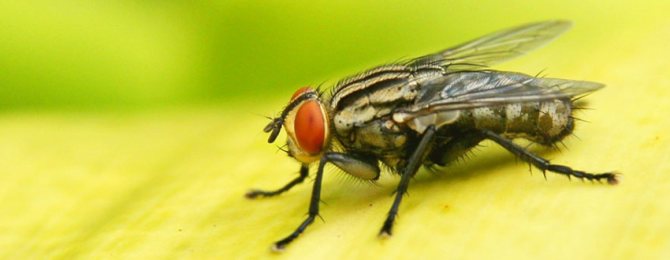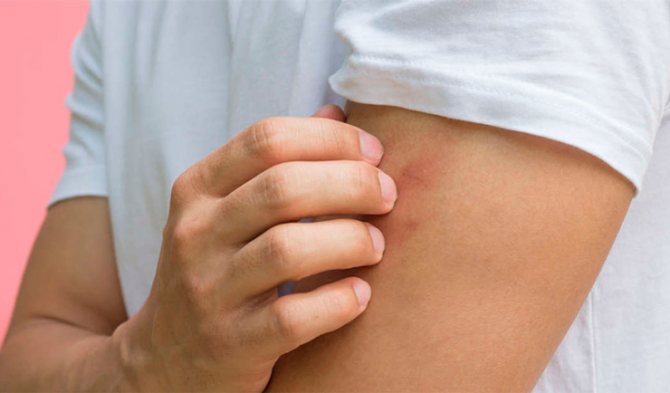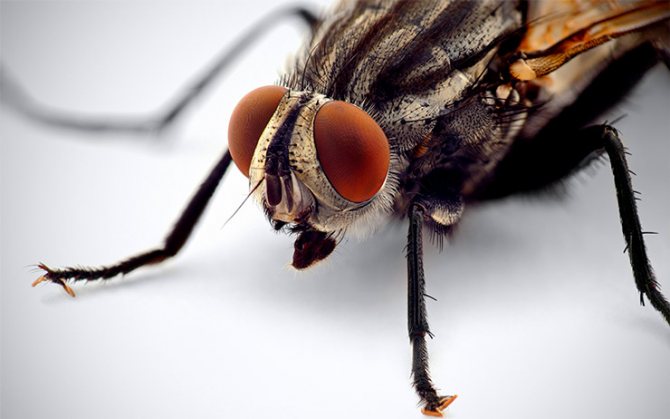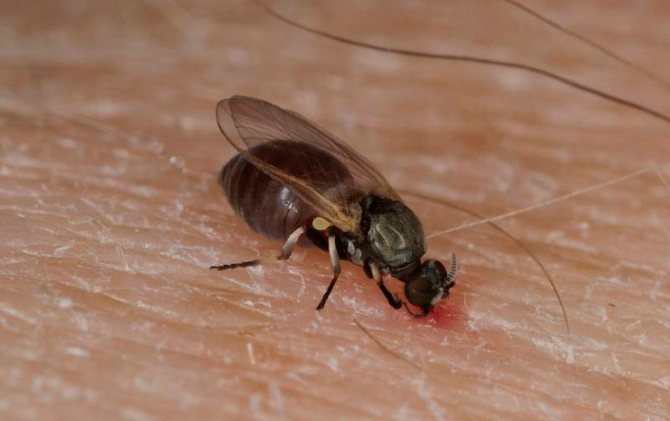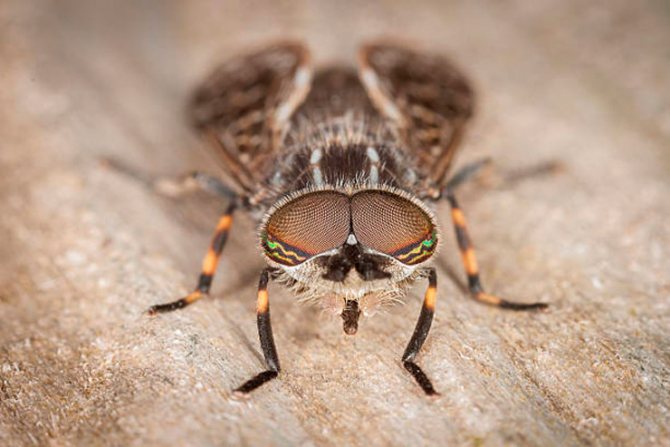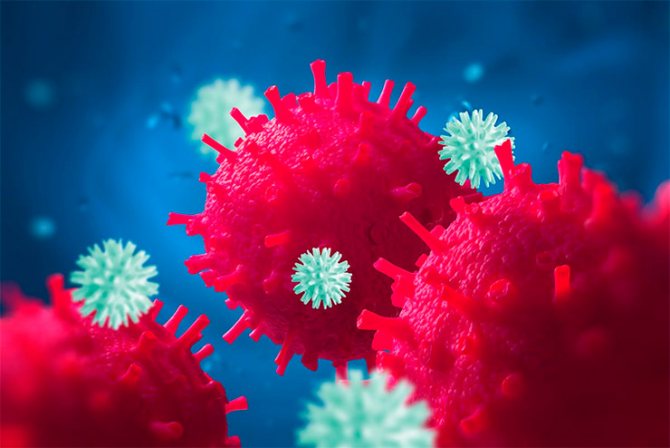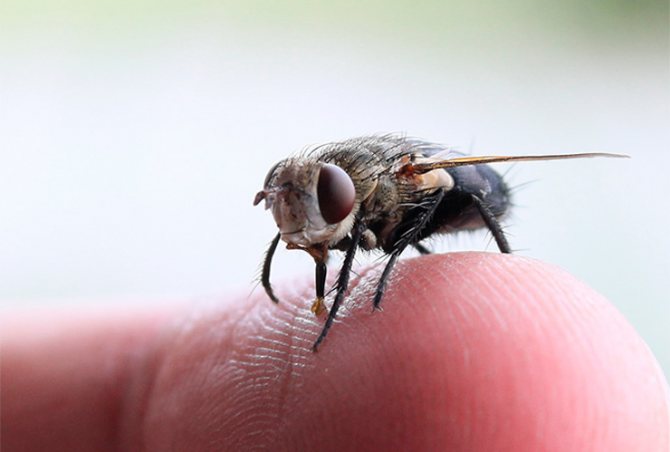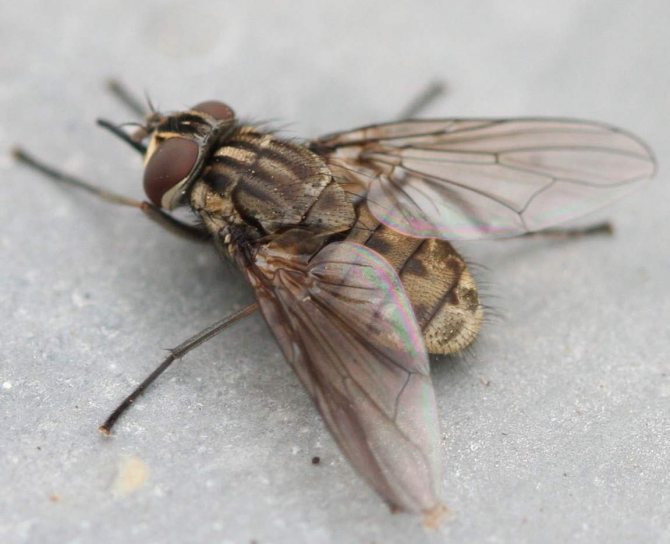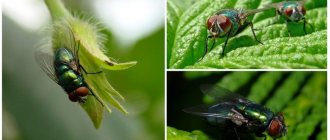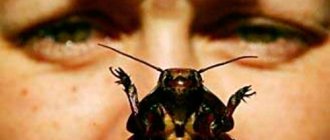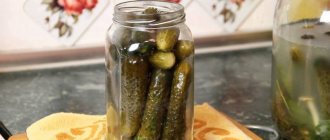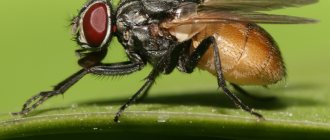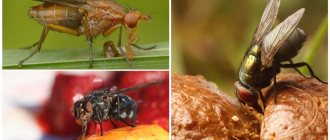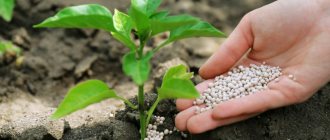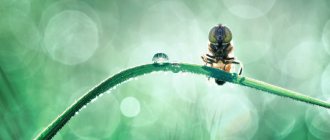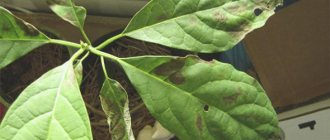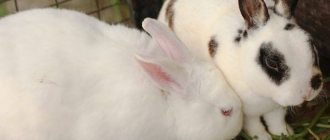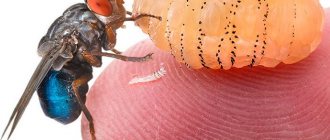01.11.2016
Already in August, Diptera become aggressive and begin to bite. According to our ancestors, this is how they expressed their dissatisfaction with the approaching cold weather and the imminent death that they had foreseen. But science has proven that this behavior of insects is not associated with their imminent demise. It's just that by the end of summer, the number of a certain species of individuals, known as the autumn fly, increases significantly.
- Why do flies start biting
- How to recognize a flare fly
Information about flies
Experts count more than 120 thousand flies around the world. They can be found in any country. The most dangerous are found in warm climates. In the Russian Federation, the following biting varieties are common:
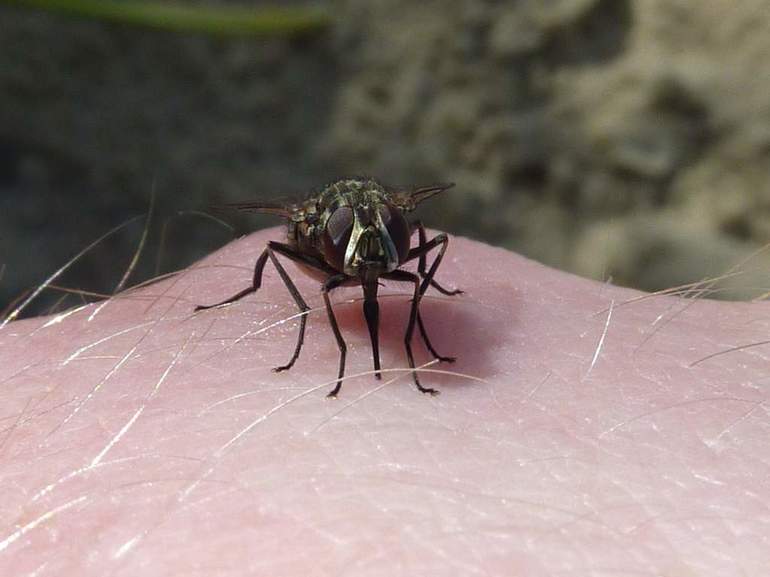
- Burner. The life cycle of an insect is only 25 days. But there are times when the burner lives for 70 days. Body length no more than 8 mm. Its distinctive feature is the backrest with stripes. All other parameters resemble a house (indoor) fly. If you look at it with special care, you can see that there is a chitinous tip on the proboscis. In the process of a bite, poisonous saliva gets under the skin.
- Horseflies are practically the largest flies that live on the European continent. They like an area where the humidity level is high. They bite cattle, which reduces the amount of milk produced. This winged species can carry leukemia and anthrax.
- An unusual species is the cover fly. She has bulging eyes and an elongated body, the dimensions of which can be within 3 - 50 millimeters. They are considered a dangerous species and predators.
- The indoor type is quite common. They can carry diseases of a parasitic nature. After some bites, bacterial-type infections develop. The proboscis length is up to 1.5 mm. Moreover, the mass of one individual does not exceed 12 mg. The female in the process of breeding can produce up to 150 eggs. She makes approximately 4-6 clutches in her entire life.
- Bloodsucker (deer). It is referred to as ectoparasites, as they carry diseases of a similar nature. A person is attacked quite rarely. Due to their ability to shed their wings, they are often confused with ticks.
- Black fly (April). It flies out during the flowering period of the common bird cherry. It is absolutely safe for human health.
- A blue fly is referred to as carrion insects. In the process of life, it can produce 5 clutches, which are made on corpses, meat waste or open wounds.
- The green type is capable of causing parasitic diseases. Eggs are laid on open wounds or on corpses.
- Ground flies are dangerous for the crop. They are capable of causing spoilage of cabbage, onions or carrots.
How does a bite take place?
The flare fly, as we have already said, has the necessary instrument of access to our blood. Its proboscis has a pointed shape, and along the edges of its tip there are small teeth resembling a nail file. In this case, the tip of the proboscis looks flat, resembling a serrated knife.
With the help of these teeth, the insect wipes the top layer of the skin, and then injects its poisonous saliva into the bite site, the composition of which does not allow blood to quickly clot. Thus, having drilled a hole in the skin, this bloodsucker licks off the protruding blood droplets.
Danger of individuals
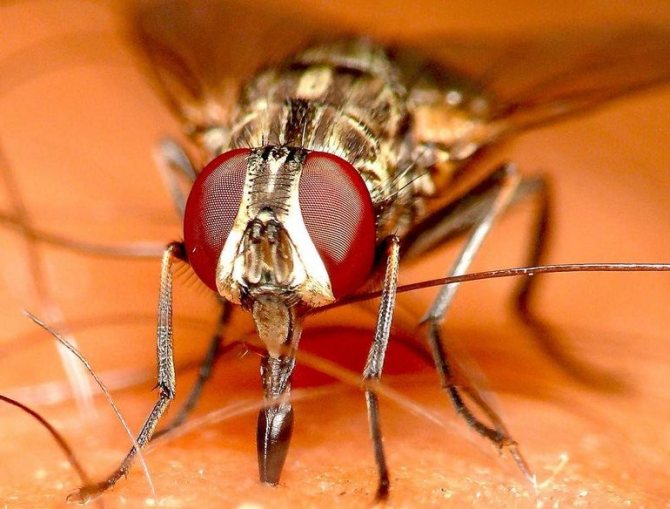

For humans, flies of the presented types are dangerous in that they can provoke the development of diseases of a parasitic and bacterial nature. But there are varieties that, in the process of being bitten, secrete poisonous saliva. Because of this, swelling and irritation appear on the skin.
There were times when many people suffered from the transferred plague stick. The African fly is capable of carrying sleeping sickness, which is fraught with a violation of the nervous system.
The fact was recorded that these dipterans become more evil in August. Their number is maximum this month. Females begin their breeding season. This is what says why flies bite: they need additional power supply... When bitten, the disease is coded for the disease that was received.
Appearance
Autumn Flame (Stomoxyscalcitrans) is a species of true flies, a representative of the Diptera order. In appearance and structure of organs, it is close to a house fly. It is not surprising that insects are confused, being surprised at their aggressiveness in the fall. The burner has a stocky body 5.5-7 mm long. The body is gray, there are dark stripes on the chest, black spots on the abdomen. Mesoscutum with four longitudinal stripes. The head is large and mobile. On the cheekbones, a yellowish-white coating. There is a dark stripe on the forehead. Antennae are short, sharp, black in color.
Most of the head is occupied by compound eyes. They play a significant role in the life of flies. Insects rely on sight to find food and escape from enemies. The body and head are articulated with a thin stalk. Their surface is covered with dark bristles. One pair of transparent wings is used for flight. The limbs are thin and long, black in color.
Proboscis structure
In order to be able to pierce the skin of animals, the flares acquired a proboscis with special plates. The organ is hard, thin and long, protruding somewhat forward. It ends with special sucking plates covered with chitinous teeth. During an attack on an animal, the plates move, and a large number of teeth break the surface layer of the skin. The color of the proboscis is black with a shimmer.
Larvae
At the larval stage, the progeny of the flayer is yellowish-white. At the first age, they are transparent, the length of the flexible elongated body is 1.2 mm. By the third age they grow up to 11-12 mm. The body consists of 8 segments. There is a ring of small spines on the chest. On the abdominal segments from the second to the seventh there are tuberous outgrowths. Spiracles on the eighth segment. The larva is devoid of limbs; it moves with the help of tubercles and spines.
Symptoms and therapy
Flies are active during the period when the bees are collecting honey. In order not to confuse the bite of this insect with a bee, you need to know the symptoms and manifestation... These include:
- Local increase in temperature.
- Slight swelling.
- Irritation and itching.
- Redness of the affected area.
In a child, the manifestations are more pronounced: the traces increase in size and turn red strongly. Boils may appear when the tsetse fly bites.
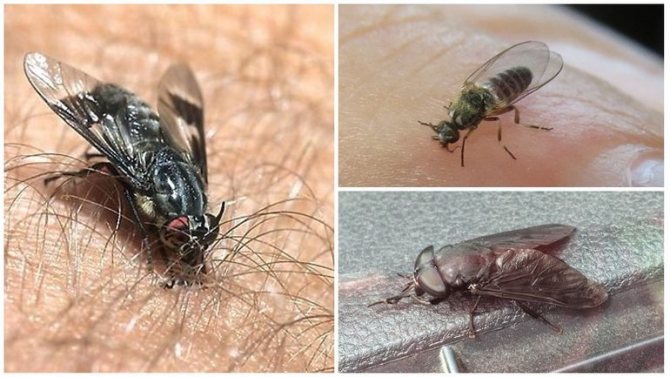

Multiple injuries are the most painful. If a fly bites on the limbs or on the stomach, an inflammatory process occurs. This can worsen the general condition of a person and appear malaise, as well as swelling of soft tissues.
It is worth treating the wounds with an antiseptic: iodine or brilliant green, alcohol. It is better for babies to smear damage with products that do not contain alcohol: hydrogen peroxide or chlorhexidine. To reduce the manifestation of local reactions, ointments with a calming and cooling effect are used. In order not to develop an allergic reaction, it is recommended to give "Diazolin" or "Zodak" in drops.
The risk of contracting sleeping sickness is present when the Tsetse fly has bitten it.The insect, together with saliva, excretes approximately 400 thousand parasites. Even one bite is enough for a lethal outcome. But due to the slow progression of the disease, there is time for rapid therapy, which will eliminate the risk to life. At first, you need to use "Nifurtimox" and "Eflornithine". If the likelihood of infection is excluded, bites can be treated at home.
Usually from simple species of insects, hyperemia and allergies can develop. If the damaged area is swollen, it is necessary to cool the area and treat it with antiseptic preparations. It is also recommended to apply a gel-like ointment "Fenistil" or "Nezulin" to this area. In order not to harm the child even more, it is worth consulting a pediatrician... In this situation, the "Rescuer" and "Bepanten" are indispensable helpers.
Breeding features
Male and female specimens of the autumn flare are distinguished by the structure of the genitals and forehead. In males, the forehead is narrow, 2/3 of the width of the eyes. Females have fairly wide eyes, almost identical in size. Flies are fully transmuted insects. Their life cycle is only 5-20 days. In 2-3 days after emerging from the pupa, the adults are ready for mating and procreation. For laying eggs, females choose places where organic matter decomposes - manure, compost heaps, haystacks.
One clutch contains from 100 to 130 white elongated eggs. During her life, one female makes 5-7 clutches. It takes 10-24 hours before the larva appears. During development, it sheds twice and changes three ages. At a temperature comfortable for flies (+ 27-30 ° C) after 4-5 days, the larva turns into a pupa. The cover of the third instar hardens and acquires a reddish-brown color. Externally, the pupa is similar to a capsule, its length is up to 6 mm. There is a slight expansion on the head area. The spiracles are located on the border of the first and second segments. In the heat, all stages from egg to imago of the burner pass within 6 days.
Before pupation, the larvae move into manure with a moisture content of no more than 20-40%. The highest concentration is observed in a place with a temperature of + 25 °. The pupa can be up to 50 cm deep. The increased temperature and humidity negatively affect its condition. Pupa development takes 4-7 days; a formed fly emerges from the cocoon.
Attention. Autumn flayer larvae die at temperatures of + 52 ° C.
Consequences and complications
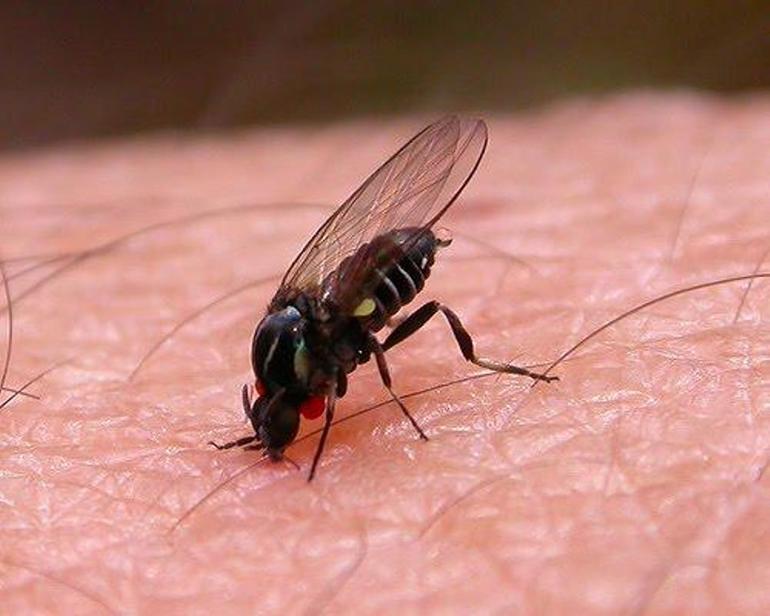

When these two-winged insects bite in the fall, there is no particular concern, because with the first frost they will fly away. But many bites can provoke the development of skin diseases and allergies. But if the Tsetse fly is affected, the consequences can occur weeks or even months after the pathogen enters the body.
The disease can develop over 5 years. When infected with trypanosomes, a hematolymphatic period occurs, during which fever is observed.
The fact that a lethal outcome occurs is evidenced by a depressive state, tremor of the limbs and an ataxic gait. After this, the victim may fall into a coma.
Lifestyle
The genus of real flies Stomoxys includes 18 species of various animal ectoparasites. The autumn burner Stomoxyscalcitrans is the only species that is ubiquitous and is synanthropic. Insects are called settlement insects for their affection for pets. Flies choose places of residence for cattle - barns, pastures. Large clusters of autumn flies are observed in illuminated areas. They bask sitting on the walls of the corral, tree trunks, and the ground. Diptera activity is manifested only in the daytime.
At the end of summer, the population of the autumn flies increases several times. During the warm season, it manages to appear on less than seven generations of the harmful insect. Competition for food forces flies to explore new territories. During this period, they increasingly appear next to people, fly into houses.Being a thermophilic species, they cease to be active at a temperature of + 8 ° C. They go to winter at any stage - larva, pupa, imago. In favorable conditions, at a constantly high temperature of + 15 ° C, the development process goes on without interruption.
Food
For life, insects need to eat every 2-3 days. Sucking blood takes 15 minutes. At the same time, the abdomen of the fly swells greatly, it becomes heavy, moves with difficulty. Flares prefer to feed in the morning and evening, in cool weather - closer to noon. In autumn, the metabolism of insects slows down and they feed less often, they can starve for up to 10 days.
Information. In large animals, flares gather on the legs and abdomen. Dogs suck blood by sitting in the ears. People get bitten on their legs and elbows.
Prevention measures
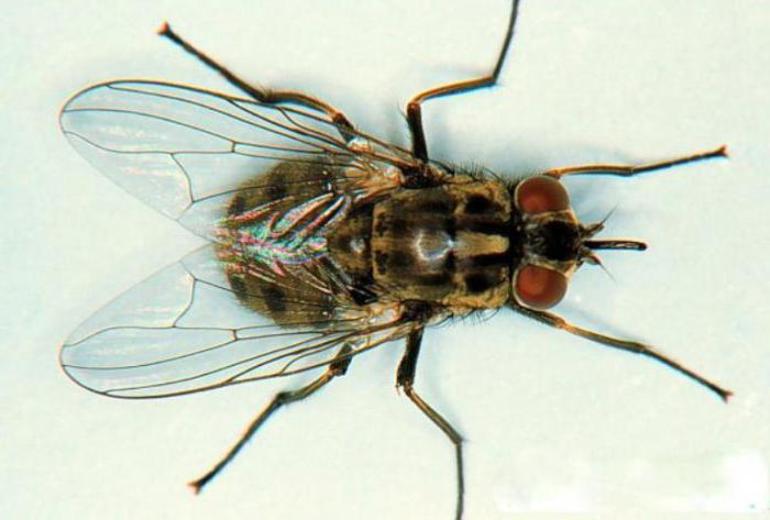

In recent years, the number of sleeping sickness infections has decreased significantly. This is due to the best preventive measures. People try to avoid as much as possible those places where this species of winged lives: agricultural territories and tropical bushes.
In the event that a biting fly is present in a living room, it is worth using scarers that affect individuals of various kinds. Also, processing things with the use of permethrin helps from the bite of the Tsetse fly. But you can drive out insects that have settled in a living room using reliable proven methods available to everyone: a wine or vinegar trap.
They also worked well:
- Duct tape.
- Light trap.
- Essential oils with lavender, basil or clove aromas.
If you regularly clean the room, there will be significantly fewer dipterans.... They will be uncomfortable where there are clean drains and floors, there are no food debris and other debris that they can eat.
To prevent the development of serious diseases, it is worth actively fighting flies, at least in the home and office.
Why is it dangerous?
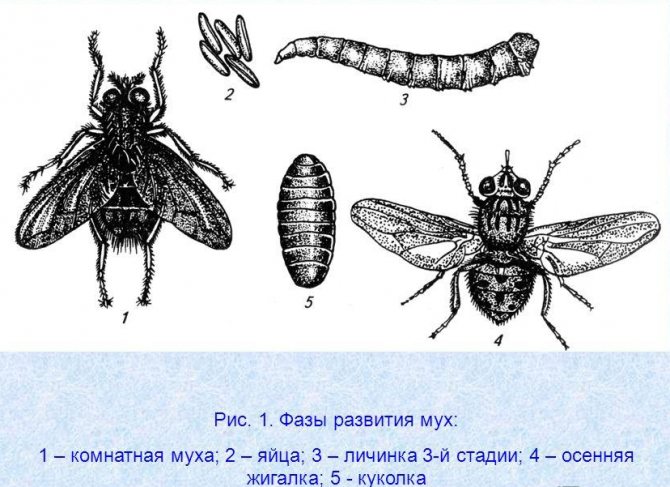

Development phases of flies.
Well, here we’ll even start with the fact that the sting of a burner is very painful. After all, it is not without reason that this species of flies received such a name. At the time of the bite, the person feels a rather strong burning pain.
This is not at all a harmless mosquito bite that appears only some time later, no. The burner acts, shall we say, much more rudely. A mosquito next to a fly is just a jeweler in his business.
In addition to, in fact, a painful puncture with a proboscis, a fly-burner, moreover, carries saliva that irritates the affected area, which has an inflammatory effect at the site of the bite.
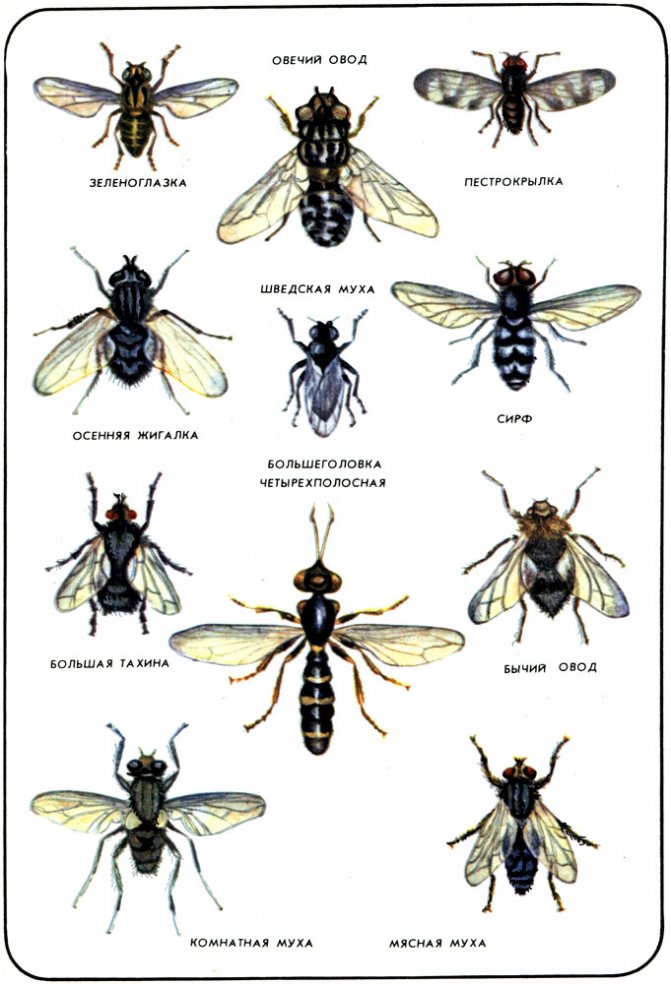

Flies.
In addition to pain and inflammation at the puncture site, these two-winged pests, like all flies, are malicious carriers of all kinds of dangerous diseases.
One can only imagine how many times this pest used its piercing weapon per season, and how dangerous the bite of such a carrier of any nasty thing can be for a person.
Among those diseases that can be awarded to us by the bite of such a bloodsucker, we highlight the following, namely:
- typhus;
- sepsis;
- anthrax;
- tuberculosis;
- dysentery;
- polio;
- trypanosomiasis.
And this is not the whole list of "free services" that this pest can voluntarily and completely free of charge.
The harmfulness of burners
The blood of animals is sucked by males and females. They attack various animals:
- cows;
- goats;
- pigs;
- horses.
Bites go to dogs and humans. Pets suffer greatly from the attack of blood-sucking flies. During feeding, the insect throws in the secretion of the salivary glands. The saliva of the burner, entering the proboscis from two channels, has poisonous properties. Livestock owners have to repeatedly observe how animals kick their hooves, kick up, wag their head or tail. After being bitten, horses have pain and swelling of their knees. It is difficult for animals to stand. In cows, milk yield is reduced by 40-50%.
People tolerate the bite of an autumn flare in different ways.For some, this is a short injection, while others suffer from itching in the bitten skin for a long time. Unpleasant sensations and discomfort are not the only harm from flies. Blood-sucking insects carry various infections. When bitten, pathogens of dangerous diseases enter the bloodstream: sepsis, tularemia, anthrax, tuberculosis.
Attention. When a large number of autumn flies attack animals, they lose weight. Constant irritation and pain negatively affect health.
Who bites?
Let us not conceal that among such seemingly harmless in terms of physical impact on surrounding insects, like flies, there are many predators. We will not dwell on exotic varieties such as the tsetse fly or the Siberian midge, but let's talk about this primordially our, domestic, one might say, type of biting flies, which is autumn burner
.
Autumn flare: description.
The autumn flare is an insect from the family of real flies. Outwardly, the autumn fly practically does not differ from any other, the same room fly. It is also small in size, usually reaching a length of no more than 5-8 mm. It has a monochromatic gray color with a slightly darker thoracic region and a slightly lighter abdomen, on which dotted black blotches can be seen.
The main distinguishing feature of these insects is their predatory nature. These are the same bloodsuckers, like mosquitoes or vampire bats. Their mouthpieces have a proboscis-like structure that allows these bloodsuckers to pierce the skin of warm-blooded animals and suck out the blood that serves as food for these predators.
Effective traditional medicine
Traditional medicine is far from the only effective remedy designed to combat midge bites. If there are no allergic manifestations, all kinds of folk remedies are used for the treatment process, which can prevent an allergic symptom and eliminate edema.
- Plantain juice from a pre-mashed leaf;
soft mint leaves, preferably "young";
gruel made from raw cabbage leaf;
onion head;
dandelion leaves;
essential oils of lemon.
To ensure prevention, especially at night, it is recommended not to use perfumes with pronounced fragrances, and also not to wear too light clothing. A mosquito net must be attached to the windows.
Habitat
The main food source for flies is livestock. Flayer larvae develop in animal manure. Therefore, the main habitat of zhigaloks is livestock premises. Since usually the cattle is in the same courtyard with a dwelling house, flares can fly into dwellings, where they attack a person.
On a note!
Due to the addiction to human settlements, it received the additional name "village fly". In fact, this kind does not exist. This is the name of any synanthropic species of Diptera keeping near villages and villages.

